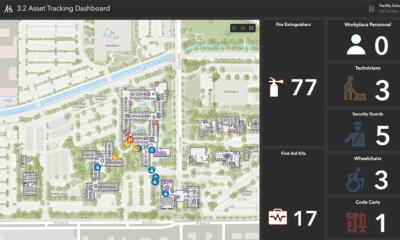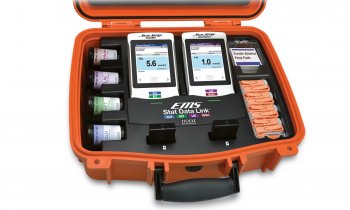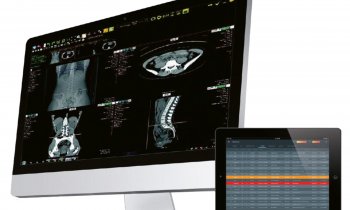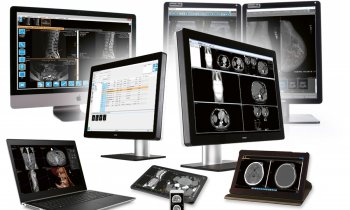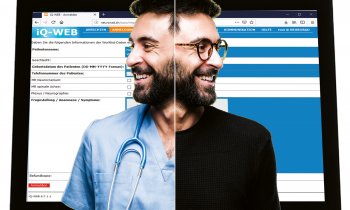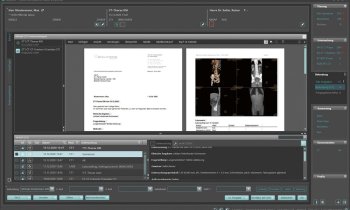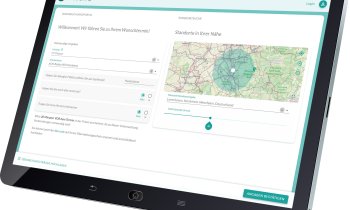Cardiology PACS
The European PACS market gained $73.6 million revenues in 2005 and could rise to $200.5 million in 2012.
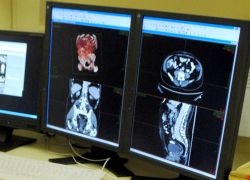
The number of cardiology examinations are increasing by 20% annually - largely due to aging populations, the rise in obesity as well as cardiac and circulatory diseases - according to the latest analysis of the European Cardiology PACS Market (Ref: B930 - 50) produced by Martin Bryant, at the medical imaging division of the global growth consultancy Frost & Sullivan (www.frost.com).
The mounting incidence of heart disease has been paralleled by the retirement of the affluent baby boomer population, a group that is increasingly willing to pay for services not provided by public health authorities, the F&S report points out. ‘This has resulted in an urgent need for some form of image and data management in the realm of cardiology to effectively cope with the huge volumes of information generated by these new studies. Accordingly, healthcare providers are boosting investments in cardiology PACS systems.’
However, despite acceptance shown towards these systems, financial pressures felt by the end users is likely to reduce investments in the infrastructure needed to house a cardiology PACS, the report continues. ‘Cardiologists sometimes find it harder to make a case for the necessary investment this entails, as, unlike the radiology department, cardiology does not serve the rest of the hospital, and other departments do not use cardiology PACS as extensively as they do radiology PACS.’
Martin Bryant explained that, in Europe, the distinct lack of healthcare investments will be felt most acutely in the cardiology PACS market, purchase of which signifies incurring substantial upfront costs. ‘This problem is exacerbated by the predominance of the capital investment model in Europe, with many providers reluctant to take out leasing options.’
Designing a cardiology PACS system based on an open architecture, with sufficient flexibility will be the key to overcoming this restraint, he suggests. ‘End users with existing radiology PACS infrastructure will be able to opt for cardiology PACS and CIS modules that suit their needs, and fit onto existing radiology networks and archiving.’
The ‘European Cardiology PACS Market’ analysis is part of the Medical Imaging Subscription, which also includes research on European PACS and PACS Professional and Technical Services, European Cardiac Catheterisation, and 3-D and 4-D Imaging in Europe. All research included in subscriptions provide detailed market opportunities and industry trends that have been evaluated following extensive interviews with market participants.
To receive a virtual brochure - which provides manufacturers, end users, and other industry participants with an overview of the European cardiology PACS market, e-mail rmtheodore@frost.com, quoting European Cardiology PACS Market (Ref: B930 - 50) and giving your title, name, company name and full address, plus phone number and e-address.
30.08.2006





